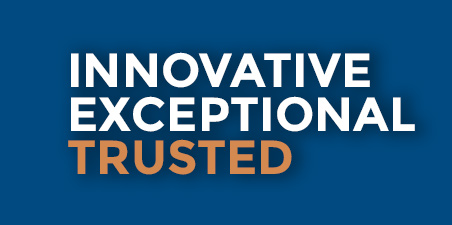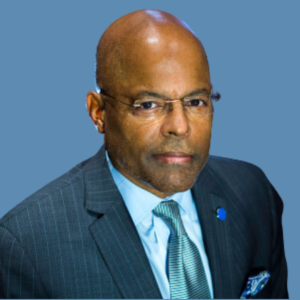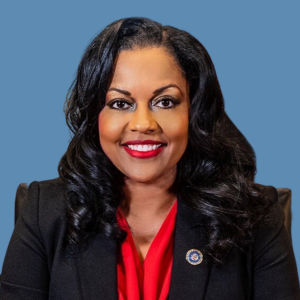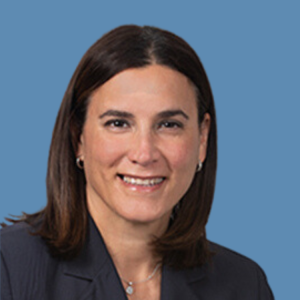In June 2012, the Department of Labor (DOL) announced the recipients of the 26 Workforce Innovation Fund (WIF) grants. Ranging from $1million to $12 million allotments, the funds were allocated to State workforce agencies, local Workforce Investment Boards and one WIA section 166 organization.
As part of the announcement, the DOL also highlighted the availability of $20 million WIF funding to pilot the “Pay for Success” (PFS) model. PFS, which has recently gained traction in the U.K., Australia, and New York, essentially creates a social investment market through the use of Social Impact Bonds (SIB).
A blog from the White House’s Office of Management and Budget (OMB) described PFS as “an innovative way of partnering with philanthropic and private sector investors to create incentives for service providers to deliver better outcomes at lower cost—producing the highest return on taxpayer investments.” The OMB simplified the PFS concept with a single sentence: “Pay providers after they have demonstrated success, not based on the promise of success, as is done now.”
The PFS model represents a new means of capitalizing social services. An initial capital infusion from independent investors (private and philanthropic) covers the cost of operations with these stakeholders then being eligible for a return on their investment.
With specific, measurable outcomes being the lynchpin for tracking success, the evaluation is left to independent parties (all grants include an evaluation component for tracking and assessment purposes), and it is the achievement of those results that then unlocks the committed funds from the partnering government agency.
KRA Corporation welcomes all initiatives that bolster the ability of any agency committed to furthering the cause of workforce development to effect better outcomes on behalf of all jobseekers, and applauds the formulation of progressive initiatives that are proactive in their approach to mitigating unemployment in the U.S.
This fledgling PFS system has not yet offered a wealth of reported results to date and, as such, has its detractors. In Nonprofit Quarterly, Executive Director of the Minnesota Council of Nonprofits, Jon Pratt, advocates for a cautious approach to the implementing of SIBs quoting Campbell’s Law of: “The more any quantitative social indicator is used for social decision-making, the more subject it will be to corruption pressures and the more apt it will be to distort and corrupt the social processes it is intended to monitor.”
It is indeed “a new way of doing business” and a Nonprofit Finance Fund review addressed some of the PFS risk tradeoffs. In the investment review, authors Kristin Giantris and Bill Pinakiewicz maintain that high-performing service providers can potentially increase the likelihood of future successes of PFS providers as “program intermediaries “and even “develop the pipeline” by sharing their experience and best practices to reduce the risk for newer providers.
KRA Corporation’s experience in workforce development spans more than 30 years, and we are fortunate to have been of service to dozens of public- and private-sector agencies and organizations whose programs support effective workforce services systems. The KRA team is dedicated to remaining at the forefront of the evolving workforce development landscape, and looks forward to following the progress of this new PFS program model.


 Dr. Boone’s 20+ years’ experience in the industry is extensive and her expertise in private-, public-, and non-profit sector workforce-services organizations is unparalleled, particularly in the Baltimore–Washington Metropolitan area.
Dr. Boone’s 20+ years’ experience in the industry is extensive and her expertise in private-, public-, and non-profit sector workforce-services organizations is unparalleled, particularly in the Baltimore–Washington Metropolitan area.






















